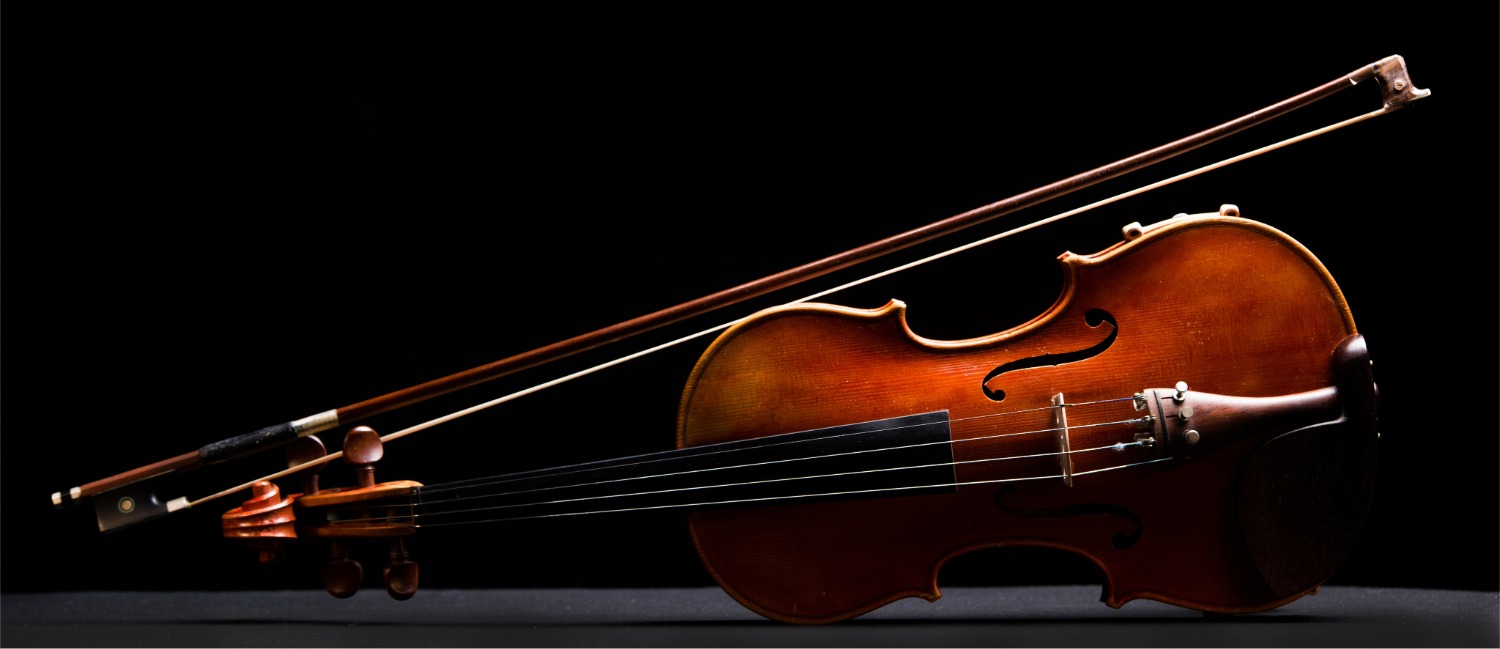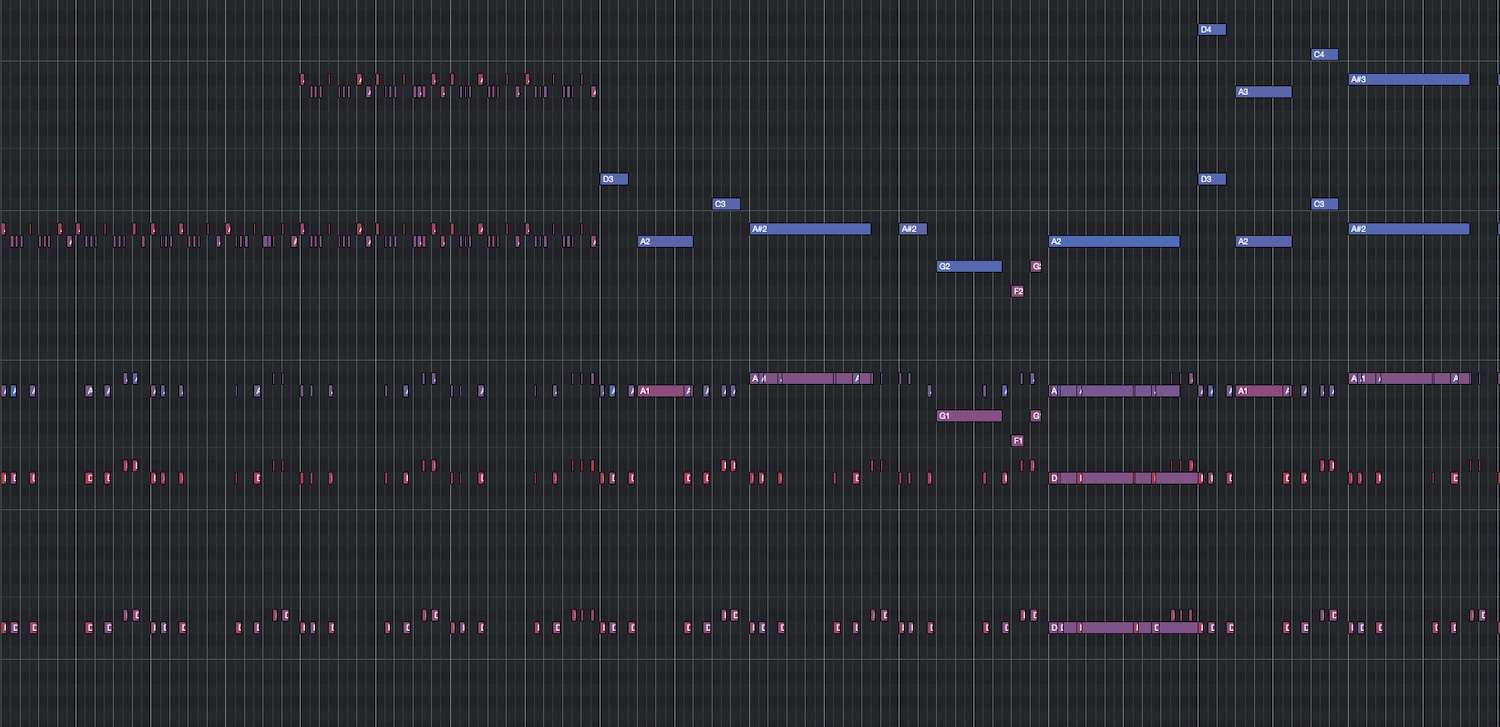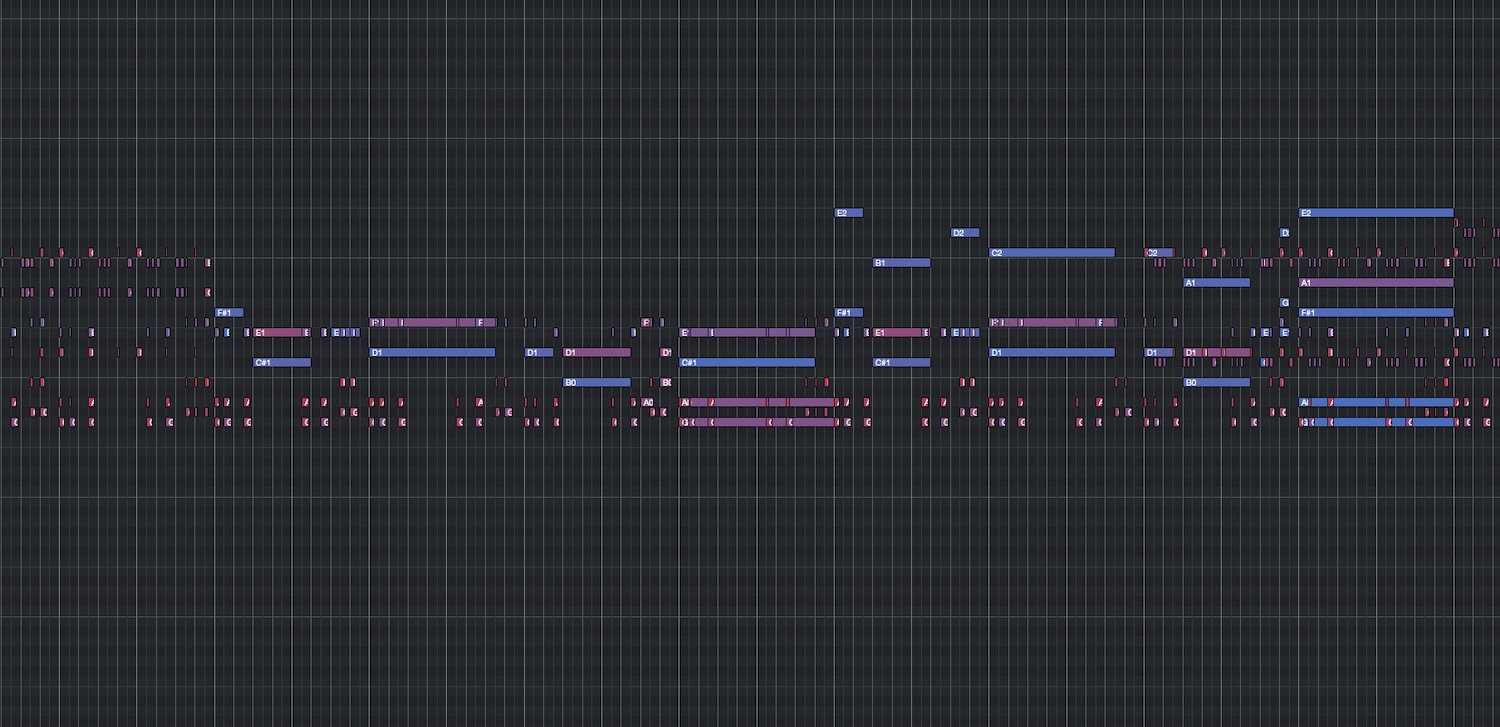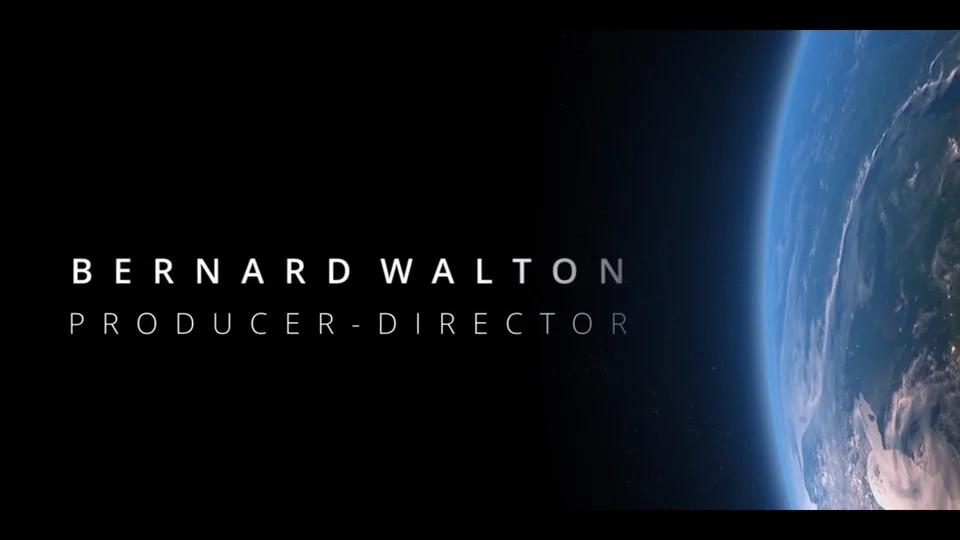
For any composer aspiring to work in film or television, there is no greater teacher than experience, and few possess more of it than award-winning filmmaker Bernard Walton. Bernard has been a director, producer and editor on wildlife documentaries for BBC, ITV, Discovery, National Geographic, Smithsonian, and PBS – and has worked with legendary figures, including Sir David Attenborough.
In today's blog post, we're going to highlight three great points that Bernard made in conversation with Guy Michelmore during his recent interview for our Masters Degree students.
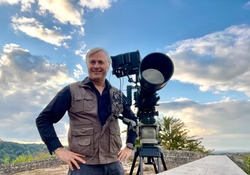
Advice for All Up-and-Coming Composers
Bernard’s first piece of advice is simple, yet vital: write lots of music.
The more open-minded you are and the more you write, the more doors will open before you. One day, a director might ask for a minimalist piano score in the spirit of Jóhann Jóhannsson; the next, they might want something bold and orchestral in the tradition of John Williams.
The composers who truly thrive are those who can adapt, explore, and create music that serves the story rather than their own ego.
In the world of film and television, versatility is not merely a creative advantage, it is a professional necessity. By challenging yourself to compose across genres, moods, and instrumentation, you begin to understand not just what works, but why it works. That awareness is what transforms a competent composer into a trusted collaborator.
Telling Stories with Your Head and Heart
For Bernard, music is far more than an adornment to the picture. It is the emotional bloodstream of the story. As he so beautifully puts it, music is the heart of the story.
Composers often walk a delicate line between intellect and emotion. One must grasp the structure, pacing, and dramatic rhythm of a scene, yet also feel it deeply. It’s the balance between head and heart that makes a score resonate. Consider how Thomas Newman’s delicate textures can make us feel the quiet passing of time, or how Hildur Guðnadóttir’s haunting cello in Chernobyl becomes a voice of human suffering, expressing what words cannot.
Bernard reminds us that our task as composers is not simply to write beautiful music, but to translate emotion into sound. Every note, every texture, should exist in service of the story and its journey as it develops.
Why Music is Important in Documentaries
When it comes to documentaries, Bernard states: music.. is the narrative.
In documentary filmmaking, music guides the audience through real events with an emotional sensitivity that words alone cannot achieve, highlighting an animal's character, the playfulness between Lion cubs, or the tension of a hunt. It can make a moment feel more urgent, more human, or more reflective. A carefully placed cue can change how we perceive truth, memory, or justice.
Listen closely to the finest documentary scores, from Planet Earth to Frozen Planet, and you will hear how precisely the music shapes the emotional arc of the story. It draws us in, builds empathy, and gives rhythm to reality itself. For composers, it is a remarkable challenge: to enhance truth without distorting it, to evoke emotion while remaining invisible.
Final Thoughts
Bernard Walton’s perspective is a powerful reminder that composing for the screen is more than a craft, it’s a dialogue between picture, sound, and emotion. Whether you are scoring your first student short film or a feature-length documentary, the principles remain the same. Be versatile. Write fearlessly. And always tell the story with both your head and your heart.
That is the true magic of screen composition. It’s where intellect meets instinct, where structure meets soul, and where, through the language of sound, stories find their life.

